Books
End Of Ideology: Why Left-Right Binary Needs To Be Replaced With What Works
R Jagannathan
Mar 17, 2016, 02:14 PM | Updated 02:14 PM IST
Save & read from anywhere!
Bookmark stories for easy access on any device or the Swarajya app.
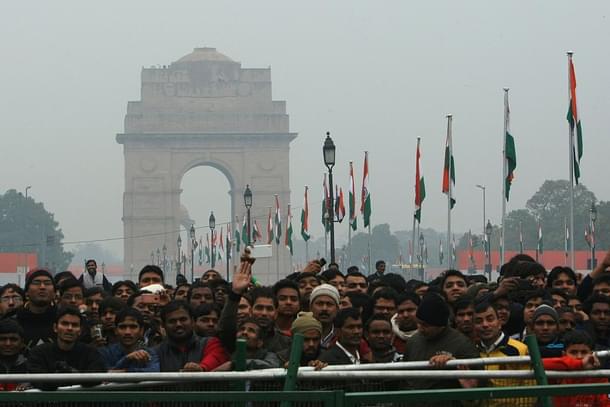
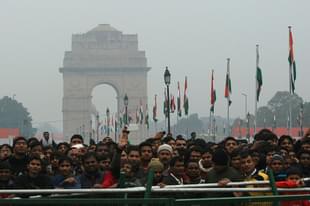
Capitalism-democracy relation also looking tenuous; authoritarian states also promoting capitalism
Solutions to state’s and society’s problems increasingly found beyond labels of Left and Right
In 1989, Francis Fukuyama
prematurely proclaimed “The End of History” following the rapid decline of
Communism after the fall of the Soviet Empire and the demolition of the Berlin
Wall. Like Karl Marx, who notoriously predicted the end of capitalism and the
withering of the state, Fukuyama proclaimed “the endpoint of mankind’s
ideological evolution and the universalisation of western liberal democracy as
the final form of human government.”
Left unsaid was the new triumphalism of capitalists, who threw up a George Bush to exterminate evil in West Asia, and spread both liberal democracy and capitalism all over. In due course, capitalists too – like Karl Marx – hoped that the state would at least shrink, if not wither away. Instead, what we saw was capitalism itself losing lustre.
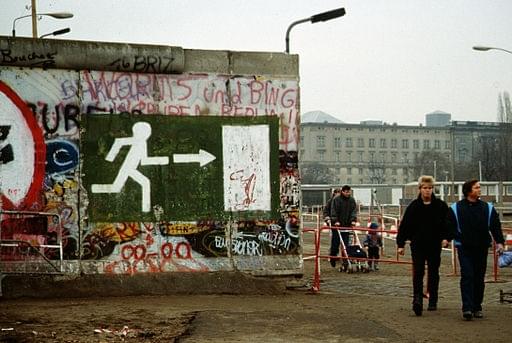
What we saw after 2008 was not a rollback of the state, but its further extension. We saw the state creating and lending money endlessly at near-zero interest rates in Europe and America and Japan; we saw the US briefly nationalise banks and other companies (GM, among them) to save them from their follies; and we saw the rise of a new antagonism for capitalists and capitalism in its Mecca – the US. We discovered that capitalism needed saving from capitalists, we saw the “Occupy Wall Street” movement flower and wither, we saw the renewed rise of the Left in both Anglo-Saxon countries, with Bernie Sanders challenging Hillary Clinton now for the Democratic nomination, and Jeremy Corbyn taking over the UK Labour party.
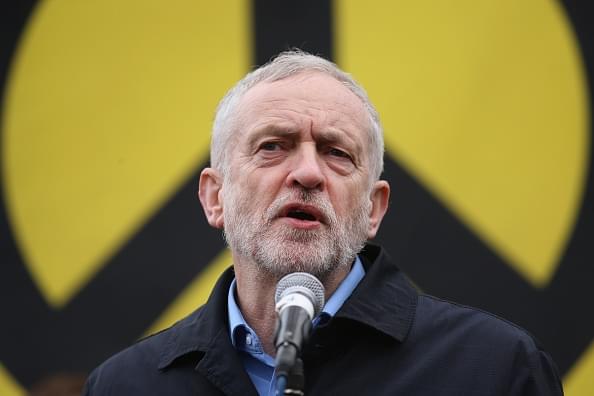
Political correctness and “manufactured consent” is now missing in action in much of the western democracies, ruined by rising fears of unemployment and displacement by harder-working immigrants. On the right, the rhetoric of a Donald Trump – protectionism couched in nationalist garb – cannot but be inimical to the idea of re-establishing capitalism, free trade and a rollback of the state as America’s core ideology. Both Left and Right are moving in the same direction from opposite ends.
More interestingly, capitalism is rising elsewhere not with democracy, but through new forms of authoritarianism, as in China or Vietnam, even as it is shrinking with new forms of sectarianism in the west.
If the combo of liberal democracy and capitalism looks like this, where Trump, Corbyn, Sanders and Marine Le Pen are rising stars, one can understand why the rise of Hitler, Stalin, Mussolini and Mao seemed par for the course at one time. We are back to the same contentious times we witnessed in the first half of the last century.
Rather than “the end of history”, what we may be witnessing is the “end of ideology” right now. Not in the sense of people abandoning Left or Right labels, but in the sense that Left and Right are not polar opposites anymore, but labels with similar features that differ only in tonality and emphasis, not essential content.
Even the liberal democracy versus authoritarianism may be a dubious binary, for the erection of an effective state often needs forceful imposition of the law and the concentration of power before the rule of law becomes the norm. It is worth recalling all the South-east Asian tigers (South Korea, Malaysia, Singapore, and Indonesia) were effectively authoritarian regimes before they became democratic.
In the economic sphere, countries that preach capitalism are turning more socialist, as electoral democracy needs you to woo a larger number of people than the raw appeal of capitalism and wealth creation can attract; and countries that preach socialism are accepting market-economics are important to drive growth and the creation of wealth. In short, most countries and political systems are gravitating to the amorphous middle, where growth and redistributive justice have to go hand in hand.
Ideologies appear as transient as English weather.
We are seeing the same thing in India, where Narendra Modi, once seen as a business- and market-friendly leader, is now turning scourge of crony capitalists and moving towards greater welfarism and a centre-left political position.
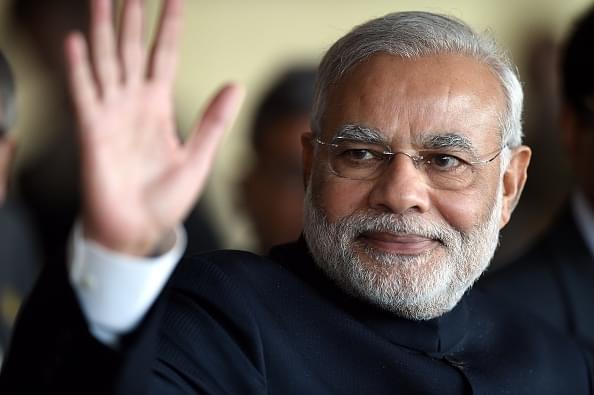
The new mantra, in India and the world, is thus less ideological and more about “what works.” Ideology is a mere cover to experiment with more pragmatic policies that can both win elections and deliver some measure of results in a political economy. Right and Left has little meaning anymore.
In India, the answer thus has to mean both strengthening the state and restricting its area of operation to where it can be most effective. Pure market capitalism will not work in all situations, though the fostering of competition is vital to improved performance in many sectors.
It is worth noting the critical role played by the state in some of the country’s biggest successes, even as it is difficult to deny the damage done by breeding white elephants in separate state reserves (Air India, public sector banks, etc).
Consider the key role the
state played in the following successes: the enabling environment that helped
India rise to software superpowerdom; the rise of the RuPay card to a 35
percent market share in India in less than two years (in a market dominated by global
giants Visa and MasterCard) by riding the state-sponsored Jan Dhan financial
inclusion scheme; the expansion of Indian mobile telephony in less than a
decade to a billion users; the creation of the world’s most modern stock
trading system in the 1990s – and complete dematerialisation of physical shares
- by the National Stock Exchange and the National Securities Depository Ltd
respectively; the Delhi Metro; Vajpayee’s Golden Quadrilateral highways project
which Modi and Suresh Prabhu are now trying to replicate in the Indian
Railways; the Aadhaar Unique ID System, which is now the world’s largest
biometry-based ID system, now headed for a billion issuances shortly; the
auctioning of spectrum and coal in what is probably the world’s most sophisticated system for alienating scarce public resources. And so on.

In India, the state is indispensable, as it is elsewhere. The problem is the state gets into areas it is incompetent in. Its role should be as enabler in most areas, and not always as player.
Wherever it has played enabler, or has erected a proper structure for the delivery of services in tandem with the private sector, it has usually delivered, as the above examples show.
Now consider the state’s failures. With a few exceptions, the public sector is failing in all competitive conditions. The state has fundamentally failed to deliver public goods – law and order, an effective policing and justice delivery system, enforcement of contracts, and basic education and health services. We have created a complex, high-cost system where public goods are expected to be delivered by the private sector, whether in education or health or personal security.
Even in the west, an
excessive dependence on the private sector to deliver important public goods –
medicare, for example – has resulted in a high-cost and unsupportable healthcare
system, when research in new drugs probably needs greater state involvement. The
US system of excessive IPR protection for new drugs and designs is probably
retarding innovation, as a 2012 paper by Michele Boldrin and David K Levine of
the St Louis Fed, noted. They wrote:
“A closer look at the historical and international evidence suggests that while weak patent systems may mildly increase innovation with limited side-effects, strong patent systems retard innovation with many negative side-effects. Both theoretically and empirically, the political economy of government-operated patent systems indicates that weak legislation will generally evolve into a strong protection and that the political demand for stronger patent protection comes from old and stagnant industries and firms, not from new and innovative ones. Hence the best solution is to abolish patents entirely...” (Italics ours).
We need not go as far as to
abolish patents completely, but the point is simple: in some sectors, private
sector monopolies created through patents are as damaging to society as public
sector monopolies that lose oodles of taxpayers’ money.
The west, China and the former Soviet Union educated their millions by effective state involvement in education, and not by relying on the private sector. This does not mean the state must pick up this role in India, too, but surely the state must set standards, channel funds, and monitor delivery of outcomes in the public sphere in these crucial areas? Forcing western pharma companies to compulsorily license patented medicine can be justified up to a point, but in the long run it is state funding of research in new antibiotics, and the creation of new drugs for tropical diseases that may prove crucial to solving India’s healthcare challenges.
The lessons from India and the world are possibly these, though one cannot say this with elaborate assurance.
We need both an effective state and a limited state. When states try to do too much or too little they can fail. And yes, true solutions may often lie beyond ideology, beyond the comforting labels of Left and Right. We need to debate Right Vs Wrong, not Right Versus Left. Sometimes, both Left and Right may be Wrong. We need a new balance between state and citizen, state and private enterprise that goes beyond ideology.
Jagannathan is former Editorial Director, Swarajya. He tweets at @TheJaggi.





